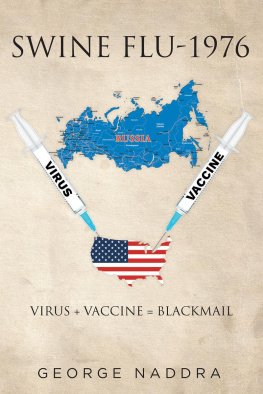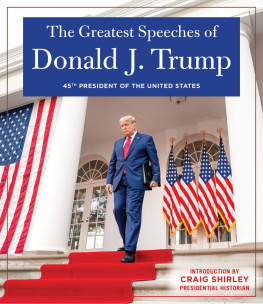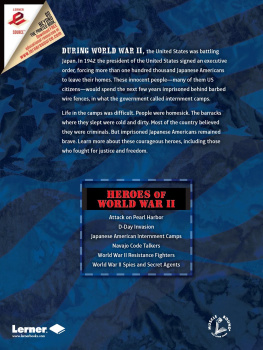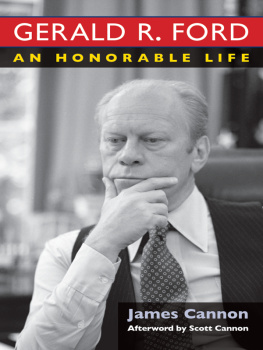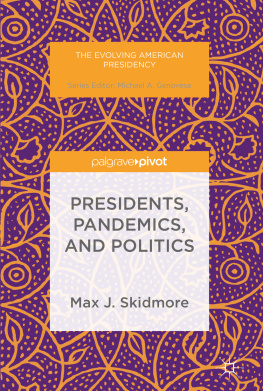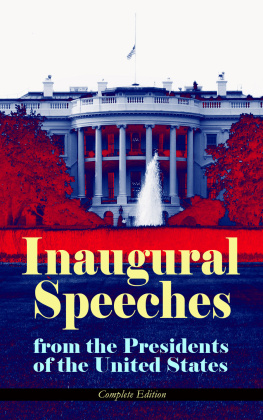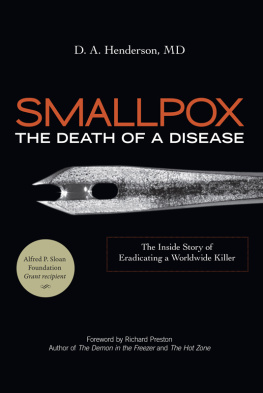Chapter 1
The Mysterious Strain of Influenza
On March 24, 1976, President Gerald Ford proposed launching the largest public vaccination effort ever attempted in the country. In a dramatic move to head off a possible worldwide epidemic, the administration planned to vaccinate practically every American against a mysterious strain of influenza. During his announcement, Ford had both Jonas Salk and Albert Sabin, leaders of the successful polio campaign, by his side to lend their credibility and support.
Although millions of Americans were vaccinated, the Ford administration was not able to convince any other country in the world of the threat. The US and the US alone vaccinated its people.
In the fall of 1976, the US abruptly discontinued the program. Dr. Sabin later acknowledged that the decision to vaccinate America was based on anything but absolute certainty. Tens of thousands of claims were made against the federal government (Sources: U.S. News and World Report, April 1976 and Business Week , January 1977).
*****
When Dan Clayborne decided to investigate the accidental hunting death of his father, a key employee at Daviston Pharmaceutical, he threatened to uncover the Russian blackmailing plot that led President Ford in 1976 to launch a massive public vaccination program.
In 1976, no other country joined the United States in the vaccination program. Eleven years later, Dan Clayborne was on the verge of discovering why.
Chapter 2
Human Laboratory
January 4, 1975
Kibbe could feel her little heart beating as she peered through the thick brush. The rainy season had provided the jungle surrounding the remote African village with thick newly grown vegetation and flowers of all varieties. The familiar sight of her village of earth-toned huts placed in a circular pattern adjacent to a river were a sharp contrast to the recently erected cluster of white tents, which now served as treatment centers for the villagers.
Although this was the third such visit within the past five months, the villagers were rattled and frightened by the sounds and winds from the massive helicopters. In previous visits, the visitors arrived in a single much smaller helicopter and with a team of four. This time, they arrived in three much larger helicopters and a team of sixteen. In addition, they wore strange protective clothing.
Kibbe watched mothers with their children waiting in line to receive the much welcomed food from the outsiders dressed in white. The village men, to include young teenage boys, stood in their own line. Those who were too sick to walk by themselves were being helped by fellow tribe members. She could see that her mother and older sister had already gone through the first line and were sitting in the shade of the larger tent, drinking the powdered milk and eating the food provided. In the far corner of the village were the charred remains of two recently cremated tribe members. The village had suffered an unusually high amount of deaths over the past few weeks.
Parked behind the village were three large gray helicopters, which had flown in the technicians, doctors, tents, and supplies. There were no markings on the helicopters to distinguish nationality or affiliation. The early morning arrival of the helicopters was welcomed by the villagers. The helicopters always brought food and supplies. However, this time, the helicopter support team flew in wearing self-contained bubble oxygen head units, rubber gloves, and all-white surgical attire. Because of the outsiders unusual appearance, it had taken almost a full hour for the villagers to overcome their fears and accept the food and supplies provided. Unbeknownst to the villagers, the entire tribe had previously been infected with a very contagious disease, and the support team was taking no chances.
The young girl watched as the task force project leader was speaking through the hired local interpreter. The interpreter could speak both the native African tongue and French which, he learned as a child in the Belgium Congo. The interrupter also was wearing the protective air bubble.
Although the original headcount was accurate, no one noticed the young five-year-old who wandered back to the river to retrieve the homemade doll she had left behind. A second headcount was being conducted to ensure that every member of the tribe was available for the treatment. Although the headcount caused some confusion, the tribal leader assured the support team that all were accounted for. There was no need to doubt the count. Every member of the village always looked forward to the food and drinks provided.
During the initial conversations, the tribal leader confirmed to the interpreter that because of the rainy season and the remote, isolated location of the village, no villager left the village nor did the village receive any visitors for the past five months. This fact was reassuring to the support team since the disease would be contained to just the village.
At one of the side tents, blood samples were being taken by the technicians. From there, the individuals were led to a larger tent where they received milk and a variety of high-protein military field rations. These field rations were accepted as gourmet treats. Through the interpreter, the task lead explained to the tribal leader that more food was being flown in and that all the people were required to get a shot which would cure the disease that caused the recent village deaths. They were told that the shot would at first make them very sleepy, but within a few days they would be cured. Once the entire village was gathered under the two largest tents, a team of five quickly administered the shots.
After receiving the shots, the people were directed to sit or lay down and rest. It took only a few minutes for the shots to take effect. Most of the tribesmen fell into a sudden sleep; others reacted quiet differently. A few started to vomit, struggle, and gesture for help as they gasped for air. The medical staff did not provide assistance. They stepped back and watched the tribe members die under the large white tent.
The interpreter was puzzled and asked the task lead what was happening. The task leader patted the interpreter on the back and slowly walked away. A shot rang out, and the interpreters head exploded.
Kibbes eyes widened as she crouched frozen in fear. She watched as the tents and all other proof of the existence of the support team were packed onto the helicopters. At the same time, a separate crew was removing large canisters from the largest helicopter. These canisters contained powerful, flammable liquids that would ensure that the bodies would receive a proper and thorough cremation. Once all the canisters were unloaded, two of the helicopters took off.
Six members of the support team remained to dispose of the bodies. After laying the adults and children on their backs, a rubber hose was placed down their throats. The highly flammable liquid was poured into funnels filling their stomachs. Their bodies would burn from the outside in and from the inside out.
The bodies were then stacked four deep. The interpreter was stripped of his clothing and placed on top of the cremation pile. Once the bodies were thoroughly saturated with the liquid, a remote-controlled detonation device was placed on the cremation pile. The liquid was so flammable that igniting the pile would be dangerous to any bystander.

